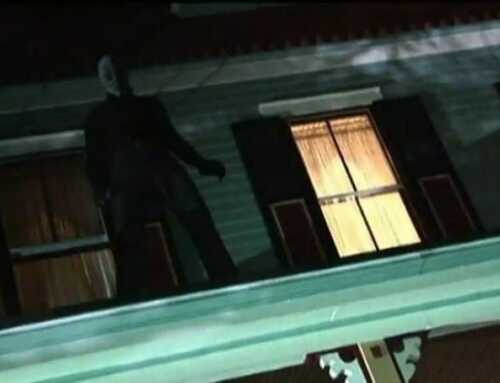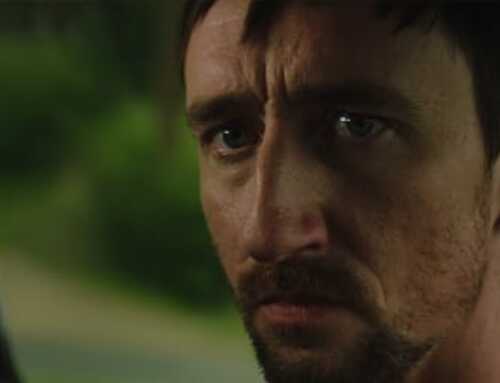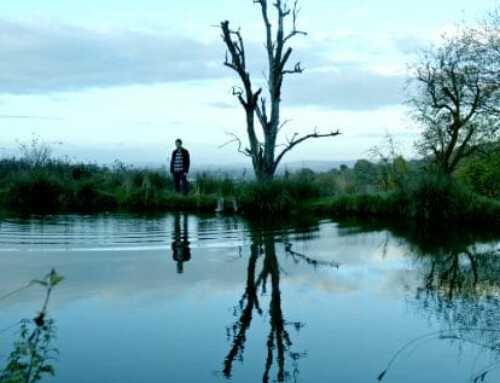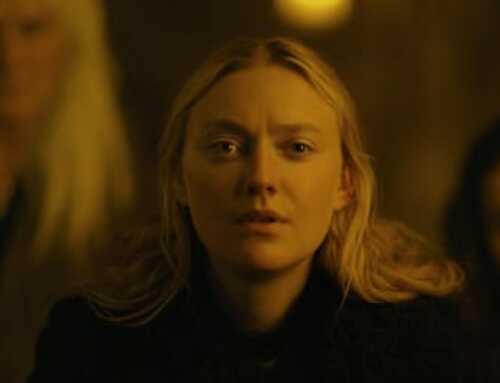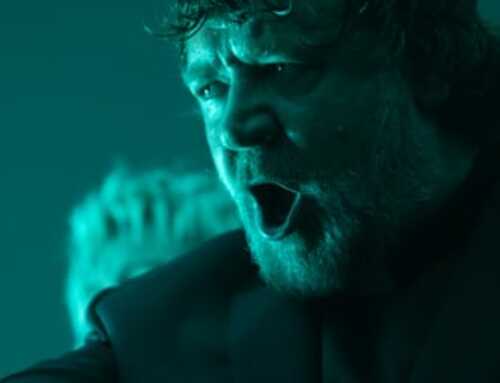Film editor Trevor Mirosh is known for his work on horror films and series, such as Day of the Dead. He also has been credited in the editorial department for the films Scary Movie 3 and Sabrina the Teenage Witch. His most recent releases are Vendetta, starring Bruce Willis, and The Ravine, featuring Erica Dane from Euphoria and Grey’s Anatomy. An action/thriller film, Vendetta’s plot is based around revenge, while The Ravine is a mystery/thriller inspired by true events. In this interview, we spoke with Trevor about the first projects he worked on, what draws him to horror, his work on these projects and his creative process.
Let’s begin our interview by talking about some of your previous works. What was one of the first projects you worked on that fortified your passion for editing?
Trevor Mirosh (TM): I was an assistant editor on a feature film called “Final Cut” starring Robin Williams, mentored by long time film editor Dede Allan. She was known for films like The Hustler, Slap Shot, Breakfast Club and Dog Day Afternoon. Working on a film like this that had a star like Robin Williams and a well established editor like Dede really helped me lean into editing. It was a project that gave me the confidence to continue working hard and that’s what I always try to do. Dede Allan would always say “trust your instincts” and so that’s what I continue to do today.
You often work on horror-centric films. What sets this genre apart from others and draws you to working in that space?
TM: It’s the fear of death or protecting loved ones that grabs me in this genre. This genre resorts to our most primal instincts and that’s survival. When I was 8 years old I trapped myself inside a camping cooler. It was a camping cooler with the metal magnetic latch on it. I was trying to find a great place to hide, so when I crawled inside the door fell closed, the metal magnetic latch locked me in. I thought I was a goner. Luckily my mother heard me crying and saved me. Since then I leaned into the fear of death. Monster in the house films like Jaws and Jurassic Park have always been my favorite films because of this. That’s why Jordan Peele films resonate with me, they’re primal. He takes this monster in the house genre and adds new twists like his film US. Guillermo del Toro does the same, creating this detailed believable world.
You recently brought your expertise and insight to RAVINE starring Euphoria’s Eric Dane. How did your time working on the film shape your approach to future projects?
TM: My approach has always been the same. I’m an editor who likes to experiment with irregular edits. Much like Thelma Schoonmaker, I don’t necessarily think editing needs to be invisible, but it depends on the director’s vision and how we approach the film. When I finished the first assembly of The Ravine, the edit was three and a half hours long so we needed to cut it down. We wanted the film to be under two hours so the hardest thing was to kill the darling scenes. Every scene is a darling, but we had to evaluate each scene, cut it smaller or drop it. Keeping scenes tight and concise is something I am continually investigating when editing. As editors/storytellers our job is to make the unbelievable, believable so once I begin editing I have the creative freedom to try things, move things around, discover edits to surprise the audience.
A film you recently worked on, VENDETTA, follows a quest for revenge. How do you preserve the intensity of a film while making the characters relatable?
TM: An action/thriller film like Vendetta you always have to manage the high and the lows. The action versus the non-action and so when working with the non-action you must cut for emotion first. If you can do that, bring out emotion, you can make the characters relatable. Don’t cut out their flaws or things they need to fix. It’s these flaws that help tie the audience to the emotion of the film. That’s why I’m a fan of directors Chad Stahelski or David Leitch (John Wick franchise.) They do some cool shit!
As an editor you are tasked with creating a cohesive storyline with uncut footage. How is your creative process influenced by the rest of the team?
TM: Before we begin editing the film I have read the script, we have talked about the tone, style, moments that work and don’t work, studied other films, so I’m already influenced before I cut a frame. The Ravine was adapted from a book inspired by true events, so the director and producers really wanted to stay as close to the book as possible. It was important to them so it was important to me to maintain that vision. I try to present the best version of their movie and then we’ll review, discuss and continue sculpting. You have to be very patient as an editor, it’s a very time consuming process, but if you follow your instincts, support your director and help problem solve, the film becomes stronger. It’s a collaborative space and that’s powerful. The director for Vendetta did a lot of cool hand held shots, so the shooting style influenced the editing. In this case less irregular edits were needed. One of my favorite films is The Departed edited by Thelma Schoonmaker. The jagged pacing in the beginning was masterfully crafted. That’s why I also love Michael Bay films. Snappy editing off dialogue followed by quick high angle exterior cuts. Awesome!
Is there somewhere we can follow your work, Trevor?
TM: If you’re interested to know more please follow me on my company’s Facebook page https://www.facebook.com/Mindtoolfilms or LinkedIn https://www.linkedin.com/in/trevormirosh
–
Learn more about Trevor on IMDb.





